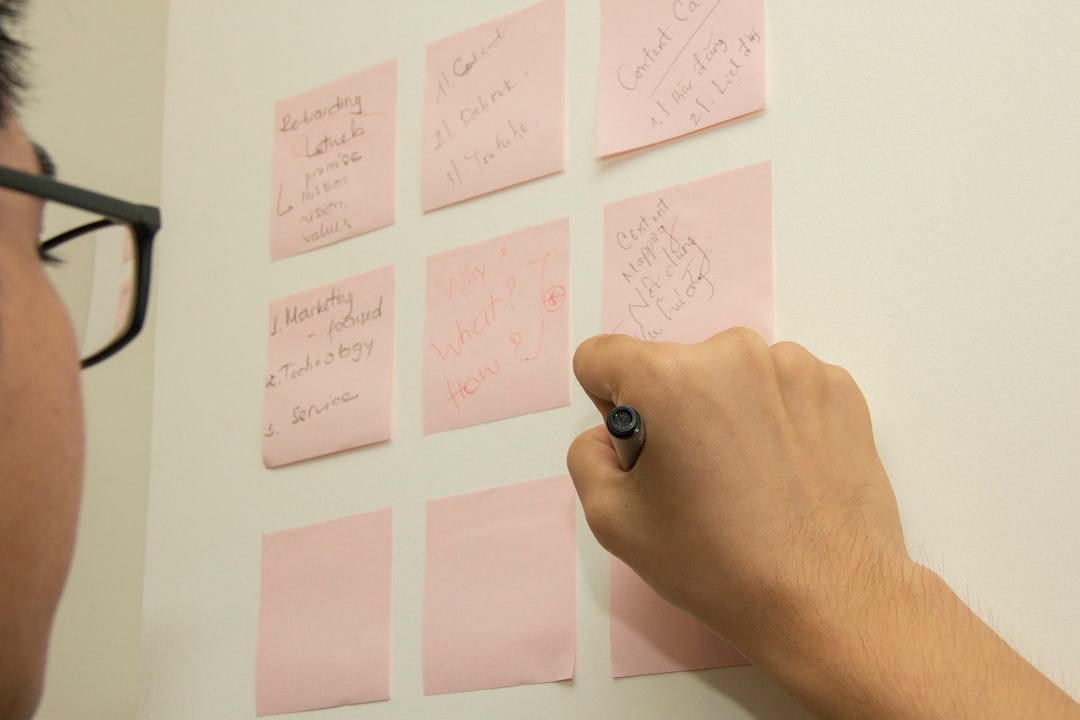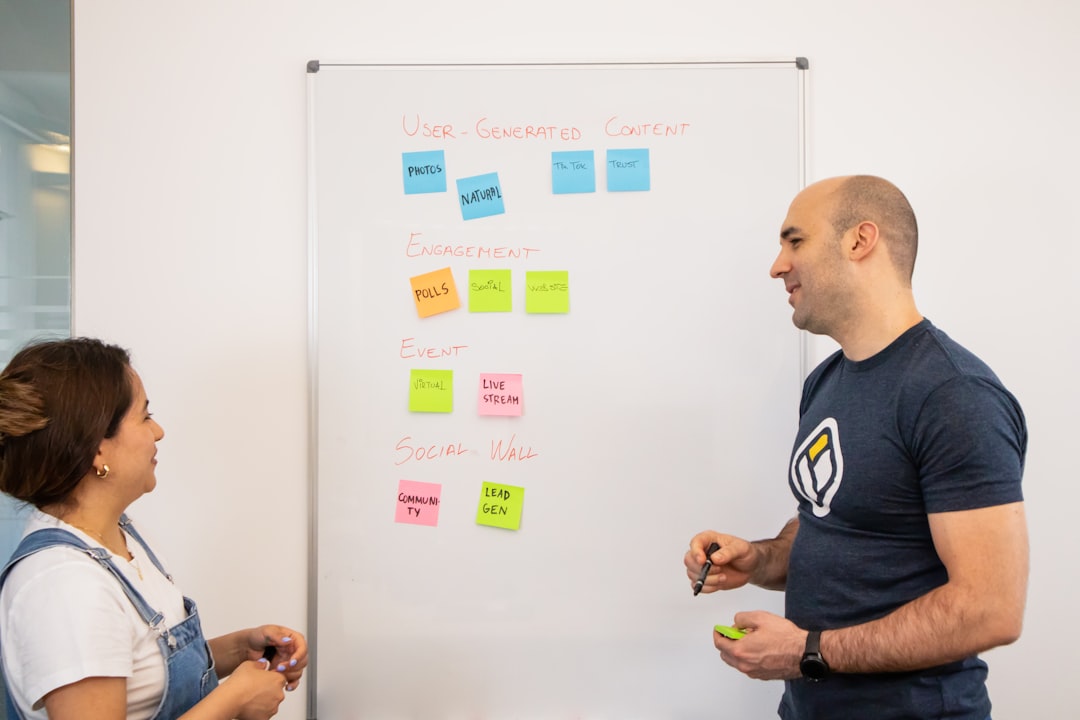In the fast-paced world of startups, time is a scarce resource, and making decisions without solid data can lead to costly mistakes. At the same time, traditional customer research methods—surveys, focus groups, and extensive interviews—can be too slow and bulky to match the urgency of early-stage product development. This is where the concept of the 5-Interview Sprint comes into play—a lean, actionable, and efficient way to get critical customer insights in less than a week.
This methodology provides a structured yet flexible approach to achieve meaningful customer understanding without delaying forward momentum. Whether you’re iterating on a Minimum Viable Product (MVP), testing a new feature, or exploring product-market fit, the 5-Interview Sprint is designed to yield deep insights with minimal overhead.
The Power of Customer Insights at Startup Speed
Startups succeed or fail based on their ability to solve problems that real customers care about. Unfortunately, many teams fall into the trap of building in a vacuum—driven by assumptions, intuition, or internal debates. What they need instead is fast validation, critical feedback, and directional clarity. Here’s why fast-paced customer research matters:
- Rapid Iteration: Validate or invalidate assumptions quickly before squandering resources.
- Empathy with Users: Understand customer pain points beyond surface-level data.
- Confidence in Decisions: Reduce internal debate and align product priorities around real feedback.
The key challenge? Doing this within days, not weeks. That’s what the 5-Interview Sprint enables.
What Is the 5-Interview Sprint?
The 5-Interview Sprint is a condensed customer research process that involves interviewing five target users over the course of a single week—or even a few days. This technique is rooted in the principles of design thinking and popularized by teams at Google Ventures and other innovation labs.
Why five? Behavioral research shows that interviewing five users often uncovers about 80% of the core usability issues or patterns. After the fifth user, the returns on incremental insight begin to diminish rapidly.

The Five Steps of the 5-Interview Sprint
Let’s break down the sprint into five essential steps. Each one is compact yet critical:
-
Step 1: Define the Research Goal
Before lining up interviews, the team must clearly articulate the learning objective. What do you need to know? For instance:- “Do new users understand our product’s value proposition?”
- “What alternatives do small businesses use to solve this pain point?”
- “Are people willing to pay for this feature?”
A focused research goal keeps conversations structured and prevents distractions.
-
Step 2: Identify and Recruit Participants
Target participants who closely resemble your ideal customer profile (ICP). Use social media groups, newsletters, Slack communities, or even LinkedIn to source candidates. Be clear on:- Who they are (industry, role, behavior)
- Why you want their opinions
- What’s in it for them (e.g., gift cards, early access)
Aim to schedule all five interviews over 2–3 days to keep momentum high and minimize scheduling drag.
-
Step 3: Draft a Lightweight Interview Script
Scripts should act as a flexible guide—not a questionnaire. Focus on open-ended questions:- “Can you walk me through how you currently do X?”
- “What’s the most frustrating part of this process?”
- “Have you tried solving this problem before? What did you use?”
Avoid leading questions, and let the user narrate their experience and pain points. Always dig for motivations, behaviors, and context.
-
Step 4: Conduct and Synthesize Interviews
Each interview should last 30–45 minutes and preferably be conducted via video call for richer, nuanced input. Record (with permission), take notes, and watch for patterns.- Use sticky notes or digital whiteboards to cluster similar responses.
- Map quotes or sentiments to distinct themes or problem areas.
- Repeat ideas = signal; one-off remarks = anecdote.
After all five are complete, identify the highest-priority insights corroborated across multiple sessions.
-
Step 5: Share Findings and Next Steps
Create a one-page summary or slide deck to share findings across your team. Include:- Top 3 Customer Pain Points
- Quotes That Illustrate the Problem
- Implications for Product or Roadmap
Most importantly, embed the insights into the team’s workflow. Adjust user stories, update prototypes, or redirect marketing copy based on what you learned.
Common Pitfalls to Avoid
While the 5-Interview Sprint is intentionally lightweight, it’s important to avoid common traps:
- Rushing Recruitment: Speaking to the wrong people produces misleading data. Spend time identifying good-fit participants.
- Confirmation Bias: Don’t lead participants toward your ideas. Enter the interview with a learner’s mindset.
- Skipping Synthesis: If insights are scattered and unattended, the effort is wasted. Dedicate time post-interview to distill findings.
Ironically, the main threat to fast research is speed itself when it replaces thoughtfulness with haste.
Real-World Example: A Startup’s MVP Pivot
A B2B SaaS startup building a dashboard for marketing agencies was stalled in growth. The team assumed reporting was the pain point—but after conducting a 5-Interview Sprint with target agencies, they discovered something more urgent: client collaboration and feedback workflows were breaking down across email threads and Slack messages.
This single sprint led to a roadmap shift—away from better graphs and toward tools that streamline feedback collection. Within two months, engagement and trial-to-paid conversions improved noticeably.

How to Integrate It Into Your Startup Rhythm
The true power of the 5-Interview Sprint lies not just in its speed but in its repeatability. Consider making it a monthly or biweekly routine. Here’s how:
- Sprint Cadence: Designate one team member to lead user interviews regularly.
- Rotate Focus: Focus each sprint on a different question—e.g., onboarding, pricing, feature usability.
- Close the Loop: Always incorporate results into a visible backlog of learnings.
Lean teams benefit enormously from this rhythm. It replaces speculation with a direct line to the customer—enabling smarter, user-informed decisions.
Conclusion: The ROI of Talking to Five People
For teams operating at startup velocity, the 5-Interview Sprint offers an efficient, impactful entry point into customer discovery. It strips away the barriers that often prevent teams from engaging with users early and often.
Five hours of interviews can significantly reduce weeks of wasted development.
Moving too slowly can be fatal for startups—but moving too fast in the wrong direction can be just as dangerous. By regularly creating space for real user conversations, your team builds both speed and confidence.
In the end, the businesses that win are those that get closer to their customers. Start with just five.